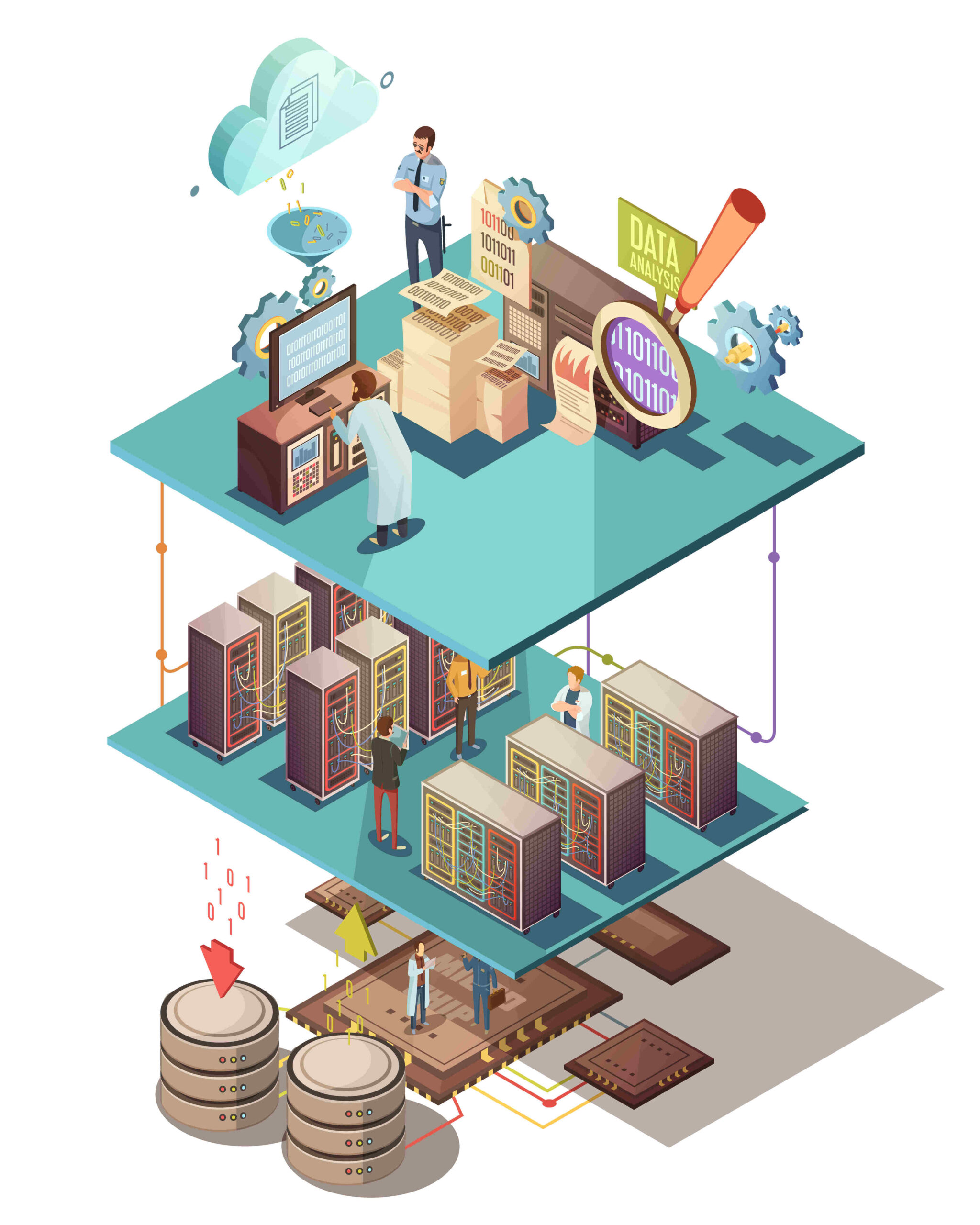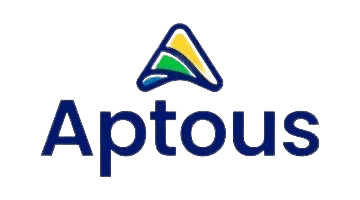We gave the best
Experience the transformative power of our integrated tech and workforce solutions
A partner who's with you all the way
Aptous is at the forefront of providing cutting-edge digital services and consulting, helping our clients stay ahead in today’s rapidly evolving digital landscape.
Years of Success
Professionals Employed
Companies have unlocked their full potential with our services
Industries trust us to deliver exceptional solutions
Countries have chosen us for our reliable services
Expert Employees
Workforce Management Solutions
Efficient Scheduling: Workforce management solutions streamline scheduling processes by automating the creation of employee schedules. This ensures that staffing levels align with demand, reducing instances of overstaffing or understaffing. Efficient scheduling leads to improved productivity and optimized labor costs.
Time and Attendance Tracking: These solutions include tools for accurate tracking of employee time and attendance. By automating timekeeping processes, businesses can minimize errors, ensure compliance with labor regulations, and generate reliable data for payroll calculations.
Performance Monitoring and Analytics: Workforce management solutions provide real-time visibility into employee performance metrics. Managers can track key performance indicators (KPIs), assess productivity levels, and identify areas for improvement. Analytics tools enable data-driven decision-making, helping organizations optimize workforce efficiency.
Employee Self-Service Portals: Many workforce management solutions offer self-service portals for employees. This allows staff to view their schedules, submit time-off requests, and access relevant information without managerial intervention. Empowering employees with self-service options enhances communication and fosters a sense of ownership over their work schedules.
Compliance and Reporting: Workforce management solutions assist businesses in staying compliant with labor laws and regulations. These systems often generate automated reports for auditing purposes, ensuring that organizations adhere to legal requirements regarding working hours, overtime, and break times. Compliance features help mitigate risks associated with labor law violations.


Virtual CTO
Strategic Technology Planning:
- A Virtual CTO is responsible for developing and implementing a strategic technology plan aligned with the overall business objectives. This involves assessing the current technology landscape, identifying opportunities for improvement, and outlining a roadmap for future technology adoption.
Technology Oversight and Evaluation:
- The Virtual CTO should regularly evaluate the company’s existing technology infrastructure, ensuring that it remains efficient, secure, and up-to-date. This includes overseeing the selection and integration of new technologies that align with the organization’s goals and budget.
Cybersecurity and Risk Management:
- Protecting the company’s digital assets is a critical responsibility of a Virtual CTO. They must establish and enforce robust cybersecurity measures to safeguard against potential threats and vulnerabilities. This involves staying updated on the latest cybersecurity trends and implementing best practices to mitigate risks.
Team Collaboration and Leadership:
- Despite being remote, a Virtual CTO needs strong communication and leadership skills. They should effectively collaborate with cross-functional teams, providing guidance and support to technical staff. This involves fostering a positive and innovative culture within the tech team.
Cost Optimization and ROI Analysis:
- A Virtual CTO should work towards optimizing technology-related costs by identifying areas for efficiency improvements and resource optimization. Additionally, they need to conduct return on investment (ROI) analyses for technology initiatives, ensuring that the technology investments align with the company’s financial goals.
Cyber Security
Risk Assessment and Management:
- Cybersecurity efforts should begin with a comprehensive risk assessment to identify potential threats and vulnerabilities. This involves evaluating the value of assets, assessing potential risks, and developing strategies to manage and mitigate those risks effectively.
Multi-Layered Defense Systems:
- Adopt a multi-layered approach to cybersecurity by implementing a combination of security measures. This includes firewalls, antivirus software, intrusion detection systems, encryption, and other tools. A layered defense helps ensure that even if one layer is breached, others provide additional protection.
Employee Training and Awareness:
- Human error is a common factor in cybersecurity incidents. Educate and train employees on security best practices, including how to recognize phishing attempts, the importance of strong passwords, and the potential risks of social engineering. Increasing awareness among staff can significantly reduce the likelihood of successful cyber attacks.
Regular Software Updates and Patch Management:
- Keep all software, operating systems, and applications up to date with the latest security patches. Regularly updating systems is crucial to addressing known vulnerabilities and reducing the risk of exploitation by cybercriminals. Establish a robust patch management process to ensure timely updates across the organization.
Continuous Monitoring and Incident Response:
- Implement continuous monitoring solutions to detect and respond to security incidents in real-time. Establish an incident response plan that outlines the steps to be taken in the event of a cybersecurity breach. Regularly test and update this plan to ensure a swift and effective response to emerging threats.


Digital Transformation
Strategic Vision:
- Define a clear and comprehensive digital strategy aligned with overall business objectives.
- Establish a vision that encompasses the organization’s long-term goals and how digital technologies can support and drive those objectives.
Customer-Centric Approach:
- Prioritize customer experiences and engagement throughout the digital transformation process.
- Use data and analytics to understand customer behaviors, preferences, and pain points, and tailor digital solutions to enhance their satisfaction.
Agile and Innovative Culture:
- Foster a culture of agility and innovation within the organization to adapt quickly to changing technologies and market dynamics.
- Encourage experimentation and the willingness to embrace new ideas, technologies, and ways of working.
Integrated Technology Stack:
- Invest in a robust and integrated technology infrastructure that supports the organization’s digital objectives.
- Ensure seamless connectivity and data flow between different systems, applications, and platforms to enable efficient and effective operations.
Data-Driven Decision Making:
- Leverage data analytics to make informed decisions and drive business outcomes.
- Establish mechanisms for collecting, analyzing, and interpreting data to gain insights into performance, customer behavior, and market trends.
IT Infrastructure
Reliability and Availability: A robust IT infrastructure must prioritize reliability and availability. This involves implementing redundant systems, backup solutions, and failover mechanisms to ensure continuous operation even in the face of hardware failures or unexpected events.
Scalability: IT infrastructure needs to be scalable to accommodate growth and changing demands. Scalability involves designing systems and networks in a way that allows them to easily expand or contract based on the organization’s requirements, whether it’s an increase in users, data, or applications.
Security: Security is a paramount concern in IT infrastructure. Protecting data, networks, and systems from unauthorized access, cyber threats, and data breaches is crucial. Implementing firewalls, encryption, access controls, and regular security audits are essential components of a secure IT infrastructure.
Performance Optimization: Efficient performance is key to ensuring that IT systems operate at their best. This involves regularly monitoring and optimizing hardware, software, and network components. Load balancing, performance tuning, and the use of advanced technologies can enhance the overall performance of the IT infrastructure.
Flexibility and Adaptability: The IT landscape is dynamic, with technologies evolving rapidly. A successful IT infrastructure should be flexible and adaptable to embrace new technologies, software updates, and changing business requirements. This adaptability ensures that the organization can stay competitive and responsive to emerging trends.

